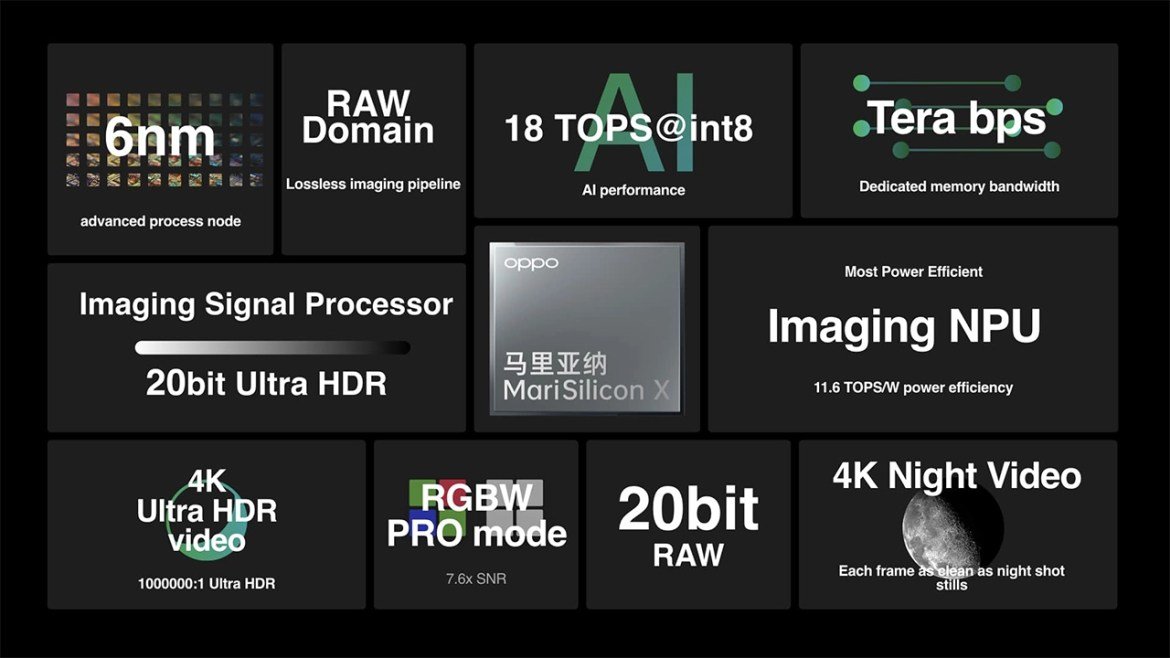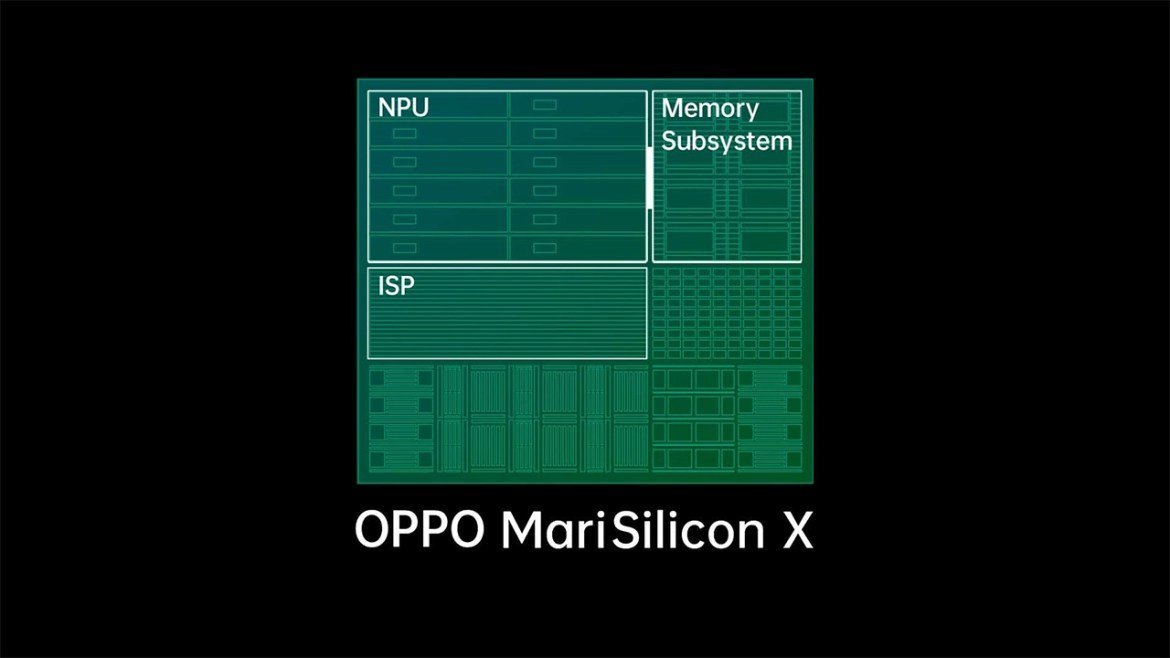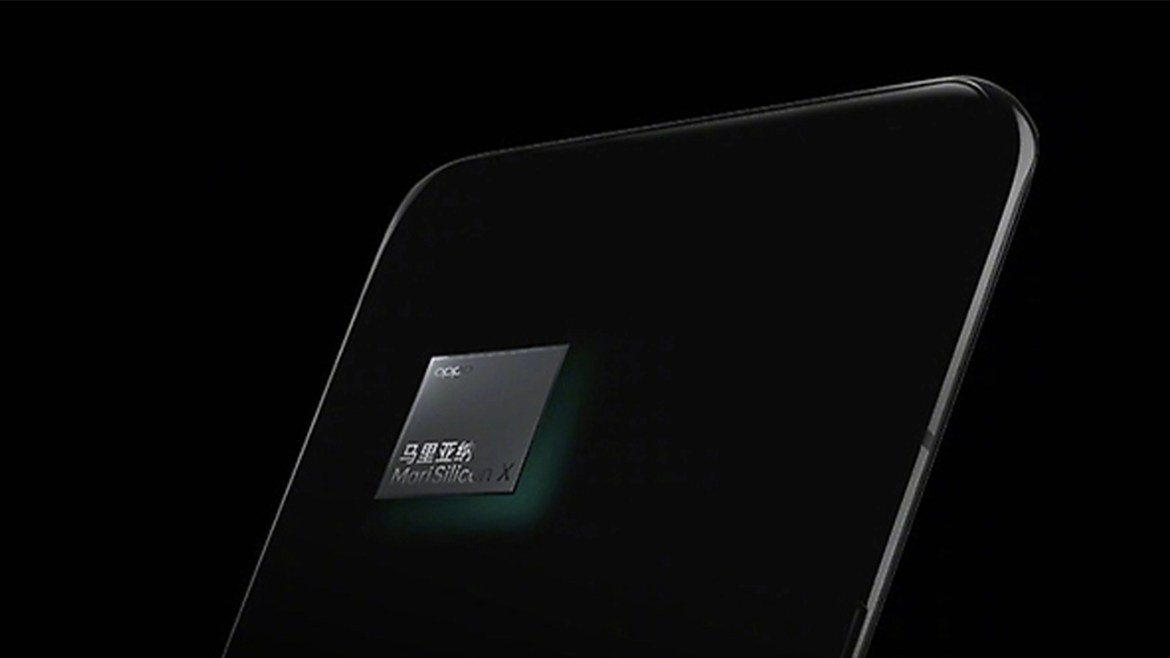OPPO, which has been following the footsteps of Apple and Samsung in producing its own processors for a while, achieved its first success in this regard. The company has officially announced the MariSilicon X, the first NPU (Neural Processing Unit) it designed, today.
Drawing attention with its power efficiency when compared to its class, MariSilicon X offers multi-layer memory architecture in 6nm size thanks to its image signal processor. Here are the details…
When will OPPO MariSilicon X be released?
MariSilicon X, which enables real-time RAW processing to shoot stunning 4K Artificial Intelligence Night Videos as well as live preview, will be available to users with Find X Series phones in the first quarter of 2022. Making a statement on the subject, OPPO Director Jiang Bo used the following statements for the new NPU.

With more than a decade of experience pushing the boundaries of imaging technology, OPPO has introduced some of the biggest innovations in the industry when it comes to camera modules, lenses and algorithms. Our new state-of-the-art imaging NPU represents our biggest step yet, delivering more power to mobile imaging systems and creating exceptional experiences for our users.
It stands out for its performance
Drawing attention with its speed, MariSilicon X can perform 18 trillion operations per second to support artificial intelligence algorithms. Performance per watt is 11.6 trillion per second. This means that it will be quite successful in terms of efficiency.

The new silicon also features a dedicated tera-bps memory subsystem. This system allows MariSilicon X to take full advantage of the NPU’s computing power without memory constraints from start to finish. The time it takes to constantly copy data between storage and processing units is significantly reduced.
MariSilicon X features dedicated DDR memory with up to 8.5GB/s extra bandwidth. The multi-layer memory architecture greatly minimizes latency and reduces power consumption caused by unnecessarily repetitive read-write cycles.

MariSilicon X can perform up to 20 times faster when running OPPO’s Artificial Intelligence Noise Reduction Algorithm compared to OPPO Find X3 Pro; It can shoot 4K Artificial Intelligence Night Video by applying complex real-time enhancements to each frame.
Image quality improves
MariSilicon X has a powerful ISP that ensures that images are captured 4 times larger than those from Find X3 Pro, with an incredible 20-bit 120dB dynamic range. The power of the ISP brings a 1,000,000:1 contrast ratio to the brightest and darkest ranges of scenes, making images more lifelike.
MariSilicon X aims to display in RAW format and pixel-level real-time, direct 4K AI processing to realize 20-bit HDR fusion. Processing the original images, the NPU is able to achieve 8dB signal-to-noise ratio; This opens the doors to a whole new world in digital photography.

With its Dual Image Pipeline design and Double RAW supersampling capability, MariSilicon X unlocks the full potential of OPPO’s RGBW sensor, supporting the separation and merging of RGB and White colors. This improvement, which achieves 8.6 dB success in the signal-to-noise ratio and 1.7 times improvement in the photo texture quality, makes the images in both photos and videos more impressive.
This huge leap in performance and power efficiency unlocks the power of Artificial Intelligence Noise Reduction algorithms to create clearer and sharper videos. In addition, MariSilicon X provides greater dynamic range and better color reproduction, making every shot look as rich and defined as a still photo. In this way, 4K Artificial Intelligence HDR Night Video shooting becomes possible for the first time on Android phones.
So what do you think about this subject? Do you think OPPO will be able to offer an experience that surpasses its competitors with its own processors? You can share your views with us in the comments section.